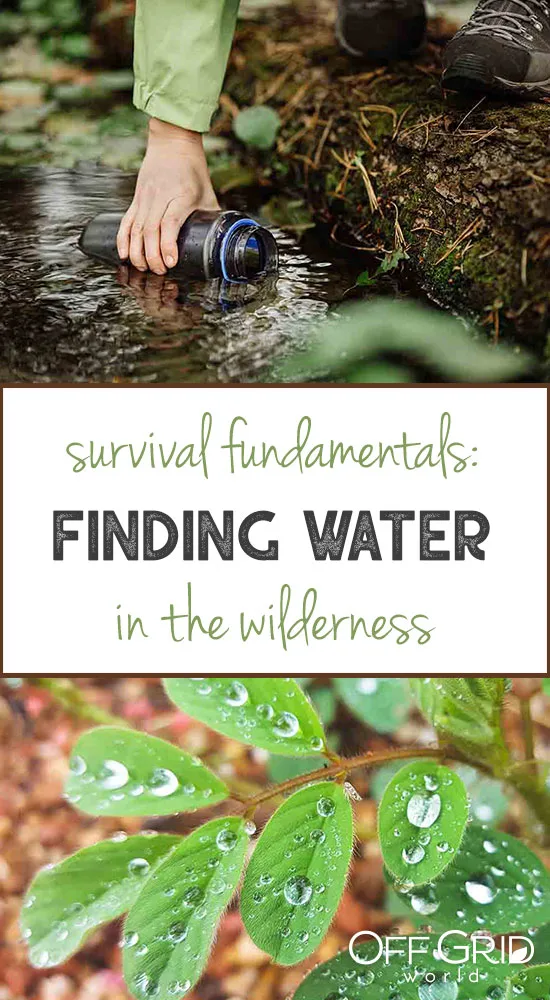According to a study by the Wilderness Medical Society, 78,488 individuals became lost in the wilderness between 1992 and 2007. 2,659 died, 24,288 were injured, and 13,212 were saved.
This boils down to 11.2 incidents per day. As you can see by these numbers, this type of statistic happens all too often and is usually due to individuals venturing into the wilderness without preparation. However, these numbers only reflect individuals lost in the wild.
There are plenty of cases where people find themselves stranded that do not involve becoming disoriented and lost during an excursion into the woods. For instance, you could be driving your regular, daily commute through a forest preserve during a light snow. Soon, that light snow transforms into a blizzard, and you find yourself in a ditch. You could also go out for a day on the ocean, only to end up shipwrecked on an island. Whatever befalls you, as long as you are properly prepared with both knowledge and supplies, you should be able to survive.
The Rule of 3, and Why it’s Vital for Your Survival
As with all things, when it comes to surviving while stranded, one must begin with the basics, and this means knowing what is necessary to maintain your existence. For this, we start with the Rule of 3. The Rule of 3 is a simple way to remember what is truly important and helps you to prioritize your activities for optimal survival in an efficient manner with the least energy expenditure.
The Rule of 3 helps you to keep your head, not panic, and center on what it is that must be done in order to ensure survival. In short, armed with the knowledge and ability, you can make the wilderness your friend, one that will feed you, quench your thirst, keep you warm, and give you shelter.

The Survival Rule of 3
- You will die in 3 minutes without oxygen – once deprived of oxygen, your brain cells will begin to die after 3 minutes
- You will die in 3 hours without shelter and warmth
- You will die in 3 days without water
- You will die in 3 weeks without food
As stated, many people simply do not plan well enough ahead of time. They may assume that their hike will only last a few hours, and they’ll make it back in plenty of time for dinner. As such, they leave the compass at home, take only a few bottles of water, and leave nutrition on the kitchen countertop. It’s assumptions like these that get adventurers in trouble.
Whether you are a seasoned hiker or a weekend warrior when you enter the wilderness, anything can happen, so you must be prepared. That includes knowing how to find water and edible plant life.
The Best Survival Hacks for Locating Drinking Water
Avoid Dehydration
Did you know that your body loses water as you breathe? It’s true. It also loses valuable moisture via sweating, digesting food, and excreting waste. Your body is made up of two-thirds water. Water serves to lubricate, regulate your body’s temperature, move toxins out of your body, as well as assist in digesting food. In fact, no matter how healthy you are, your body cannot last more than 3 days, at most, without water.
In normal, everyday life, our body requires at least 2 quarts of water every day. Consider the outdoors. If you’re lost, you’ll be exhausted simply looking for food and building shelter, not to mention losing water by sweating under the sun, or moisture being taken via the dry air if it’s winter. In fact, dehydration can begin as soon as 6 hours without water.
When your body experiences dehydration, it means that you lose more water than you consume. According to recent research, experiencing just 1 percent dehydration will begin to have a negative effect on your cognitive and physical performance. When dehydrated, your brain loses valuable moisture and the cells begin to shrink, your blood becomes thicker, and your kidneys do what they can to hold onto what little water there is. As a result, your concentrated blood makes your heart work harder, urination slows, and the risk of losing consciousness occurs.
In the wilderness, you’ll need to conserve your water. This means you should not exert yourself in the sun; save your activities until dusk or dawn to prevent fluid loss from perspiration. If you accidentally drink contaminated water, or eat vegetation that causes you to vomit or experience diarrhea, you’ll also be at risk. Now that you’re familiar with dehydration, it’s time to take a look at how to avoid it.
Finding Water in the Wilderness
Being aware of the Rule of 3 is important, but it is not enough. You also need to correctly prioritize your activities in order to achieve optimal survival. Most people would naturally consider going for a food source first, but this should not be the first priority. Nourishment is a necessity. However, when you’re in the wilderness, remember the important order of operations: Water, shelter, food. We can’t live more than 3 days without water, and if the elements are unpleasant, you’ll need some type of shelter to help regulate your body temperature. So, first things first, and that involves location a viable water source.
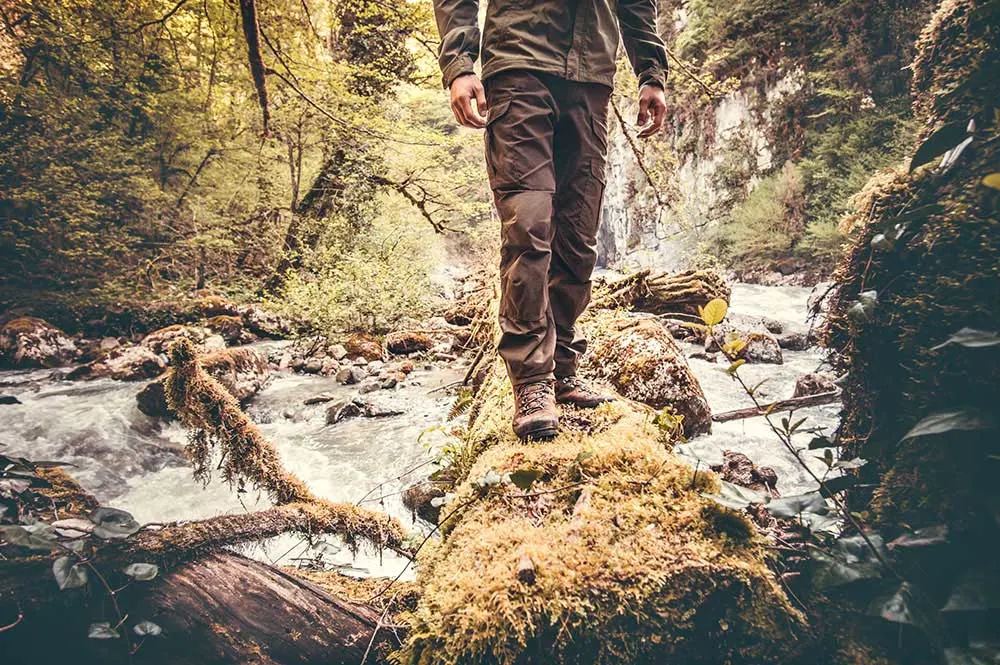
everst/Shutterstock
When it comes to finding a water source, a running stream of fresh water is your best bet. Next is water from lakes and ponds. This water is less desirable, as it is a natural breeding ground for harmful microorganisms. If neither are in your immediate vicinity, you’ll need to locate them.
First, keep in mind that life gathers around a watering source. So, look for areas with thick vegetation and swarms of insects, or follow any animal tracks. When searching for water, keep an eye out for emergent plants. These will include willow and sycamore trees, cattails, and reeds. As you continue, periodically observe the sky, as birds will flock towards a water source usually at dawn and early evening. Take periodic rests, listening for the sound of frogs or waterfowl.
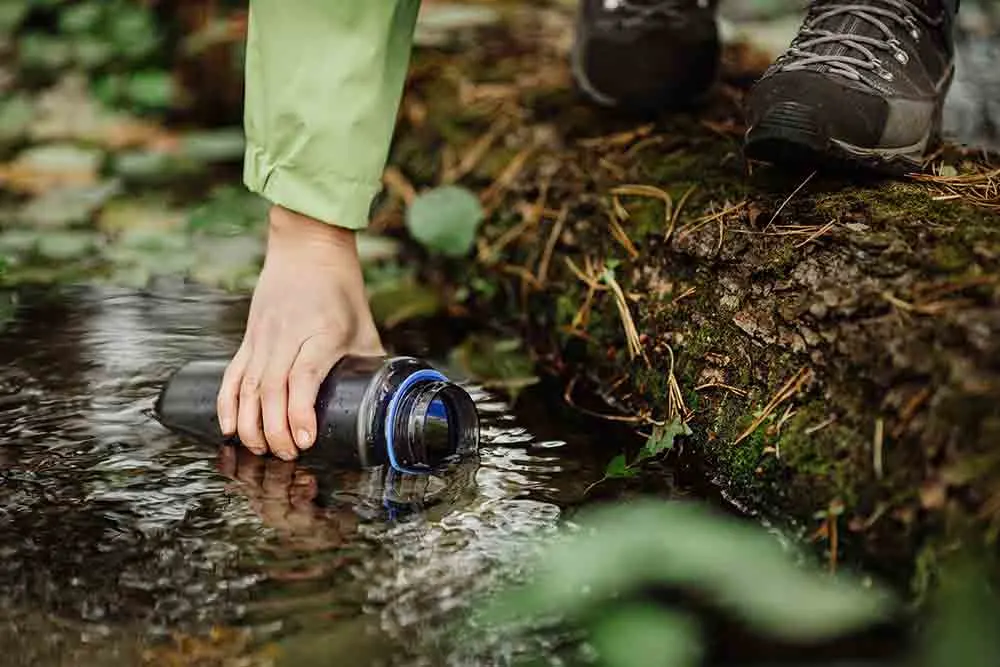
PRESSLAB/Shutterstock
Unless you are able to boil or distill your water, stay clear of beaver dams, as beavers encourage Giardia. No matter what you see survivalists do on TV or in the movies, please refrain from drinking directly from these waters unless you purify the water first.
When you find your water source, it’s crucial to place a bit of fabric over the mouth of your bottle or canteen before you immerse it in the water. This acts as a filter that prevents sediment and insect larvae from entering your vessel.
Collect Rain Water and Morning Dew
Rainwater is the freshest water in the wilderness. As soon as it begins to rain, go and set out as many clean containers as you can. If you have plastic bags, a raincoat, or a tarp you can create a small lake. Simply dig a shallow hole and place your bags, raincoat, or tarp inside, and proceed to collect the water.
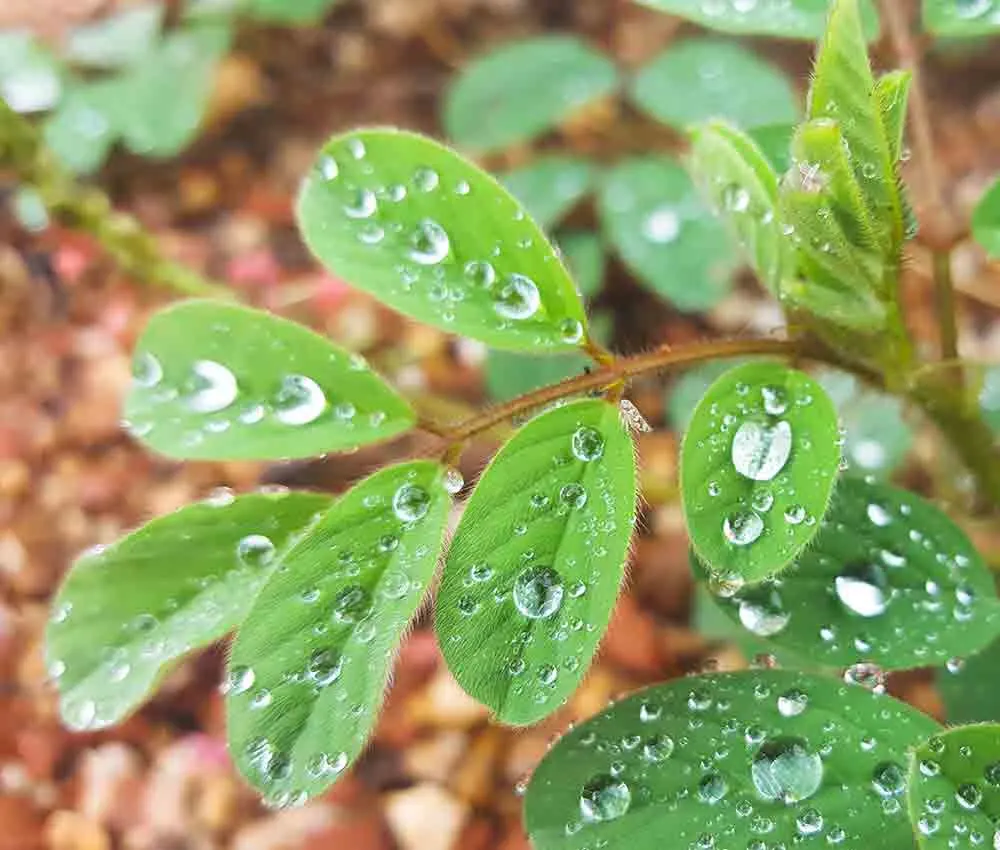
Jeab Siriwadee/Shutterstock
As for the morning dew, unless you are plant savvy, it might not be wise to go and lick it off leaves or branches. Many plants are poisonous and to do so could make you seriously ill. Instead, look for morning dew on grassy areas or rocks. Take a T-shirt, or other absorbent material, and begin to wipe up the dew. Once the fabric is filled, wring it into a container.
Snow and Ice
Unless it’s frozen seawater, snow and ice are excellent choices for staying hydrated. However, do not eat snow or ice without first warming it, as it can dangerously lower your body temperature and put you at risk of hypothermia.

Make a Solar Still
Solar stills are a great way to source water, and if you have the supplies, you can make one. First, remember that since you’ll be digging a hole, perform this activity at dusk or early dawn.
Begin by digging a hole deep enough to hold your container. Next, take a tarp, or plastic bag, and cover the hole. Secure the covering using rocks, large logs, or whatever you have to keep the plastic tight. Puncture a hole in the middle of the plastic, right above the opening of the container. Finally, place a small rock near the hole. This creates a dip in the plastic.
When the sun beats down on the earth, the dirt will begin to sweat. The water will condense on the underside of the plastic and drip into the container.
A Word About Dowsing
Dowsing is a technique for locating underground water. It was first used in 16th century Germany and is still in use today. While some find great success with it, others do not. Skeptics and researchers such as the Amazing Randi have come to the conclusion that the results are based on pure chance. However, though not an exact science, when you are stranded in the wilderness, it’s smart to use any trick you can to survive.
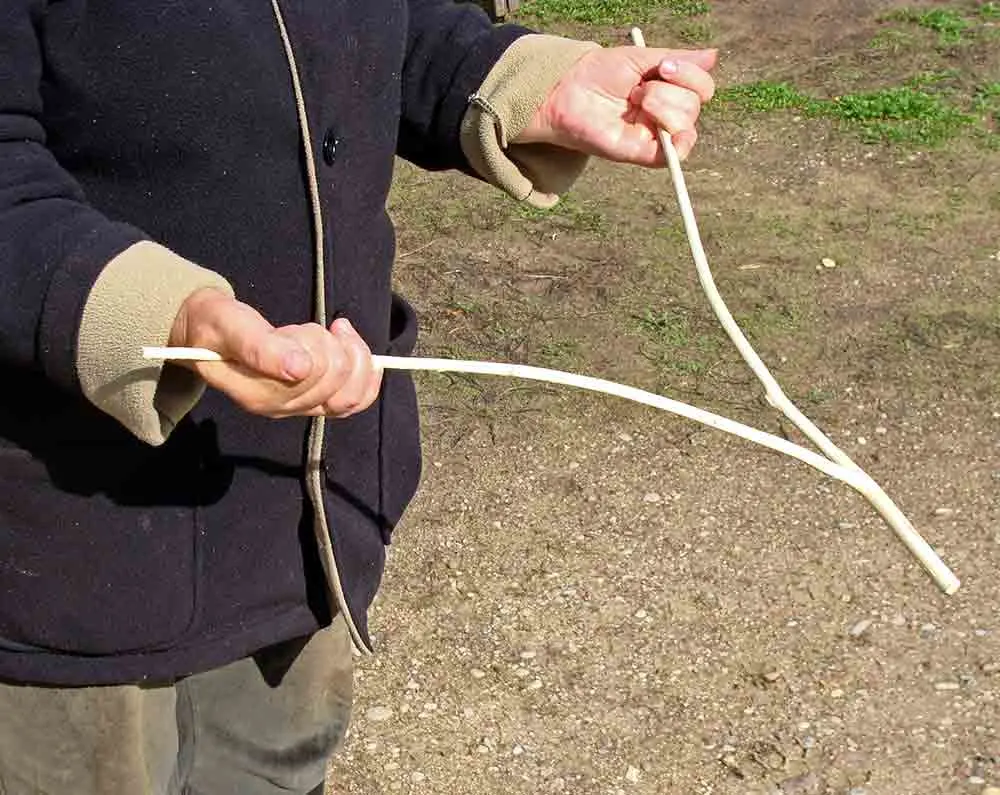
Grandpa/Shutterstock
To begin dowsing, look for a forked branch from a bush or tree, and remove all leaves and unnecessary twigs. This is called the “Y-Rod”. Hold the two ends in each hand, with the stem pointing outward from your body. As you forage for food and search for water, pay attention to the rod. If the rod dips downward, there is a chance you’ve located a water source, or are nearing one. Dowsing is considered a pseudoscience. However, it serves to keep the stranded individual occupied, and perhaps acts as a placebo effect, granting them a bit of hope. After all, one never knows.
Fluids to Avoid
- Urine – Despite the old tales of sailors surviving on urine, don’t do it. Urine is excreted from the body because it is composed of a waste product, and is also salty.
- Alcohol – Say you went camping and brought a bit of spirits for some late night camp-fire relaxation. Alcohol is fine under normal circumstances, but it causes dehydration and can make you tipsy, not a good combination when you’re trying to survive.
- Blood – Despite the sodium content, it may harbor disease
How to Purify Your Water
It’s crucial to purify your water before you consume it. Wilderness water sources are teeming with microbes, animal feces, insect larvae, and sediment. To drink the water ‘as is’ puts you at risk of sickness and even death. Below, we discuss a few common methods to purify your water, such as boiling, filtering, and chemical tablets.
Boiling
Cryptosporidium and giardia are two parasites that can survive chemical treatments, such as chlorine. In order to kill them, and most microorganisms, the EPA suggests putting the water to a full boil for 60 second if under 6,600 feet, and 3 minutes above 6,600 feet.
While boiling your water kills microorganisms, it does not remove sediment. Sediment can still make you ill, so remember to filter your water before you boil it. You can use your T-shirt to strain the unsafe sediments from your water.
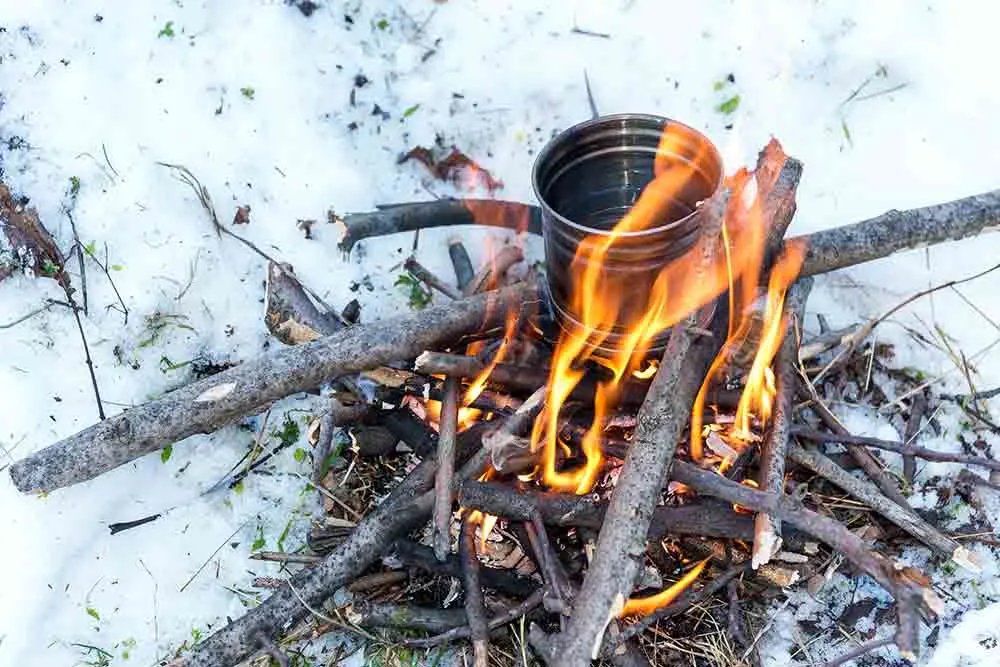
eivanov/Shutterstock
Chemical Purification
Water treatment tablets are available, but are not as effective as boiling. Not only that, water treatment tablets take a bit more time and do not kill Cryptosporidium or Giardia. Though not as effective as boiling, they are a convenient method to help purify your water.
Filters
If you’re caught unawares, and have none of these methods available to you and are becoming rapidly dehydrated, then it’s better to risk becoming sick than to die of dehydration. If the water is muddy, wait until the dirt falls to the bottom, and use a piece of clothing to strain any other grit before you drink. Please do not drink from puddles in the road, as they will most likely contain dangerous chemicals.
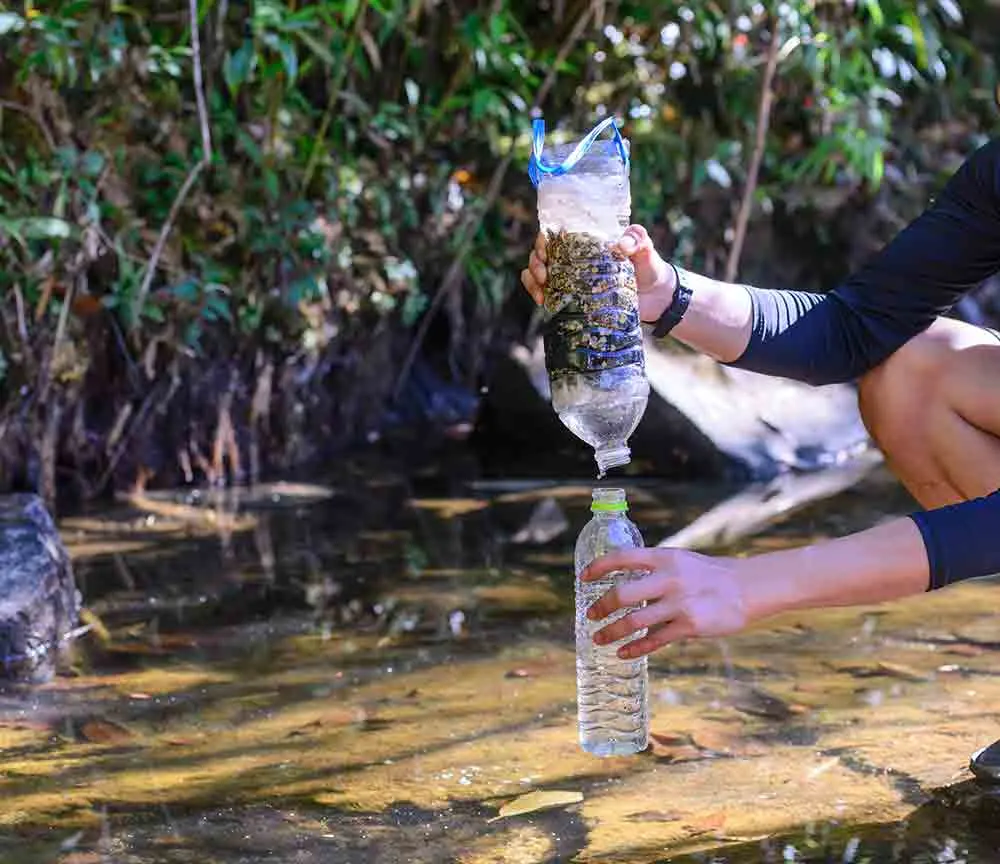
itman__47/Shutterstock
UV Lights
Before you set out, you can purchase a Steripen. This is a device that purifies your water via UV light. This UV light will kill bacteria and viruses. First, filter your water to rid it of nasty sediment, then you can proceed to purify it.
Use the Sun
You can also use the sun’s UV light to purify water. Many of us have had the pleasure of drinking sun tea, and this is basically the same thing. Simply take your water bottle, and leave it out to bask in the rays of the sun. One day is all it takes if it’s truly sunny, and two for overcast days. This has the same purifying effect on the water as the Steripen has.
Once you have ensured you have a source of clean, drinkable water, you can focus on food. Finding wild edibles will be the topic of our next article, so stay tuned.
***
Dan Patrick loves being active outdoors. Both prepping and exploring the great outdoors has been a lifestyle choice from an early age. Dan was taken on hiking and wilderness trails by his father from the age of five. Writing about his survival knowledge has become a passion too. You can read more about this at https://survivaldan.com.
